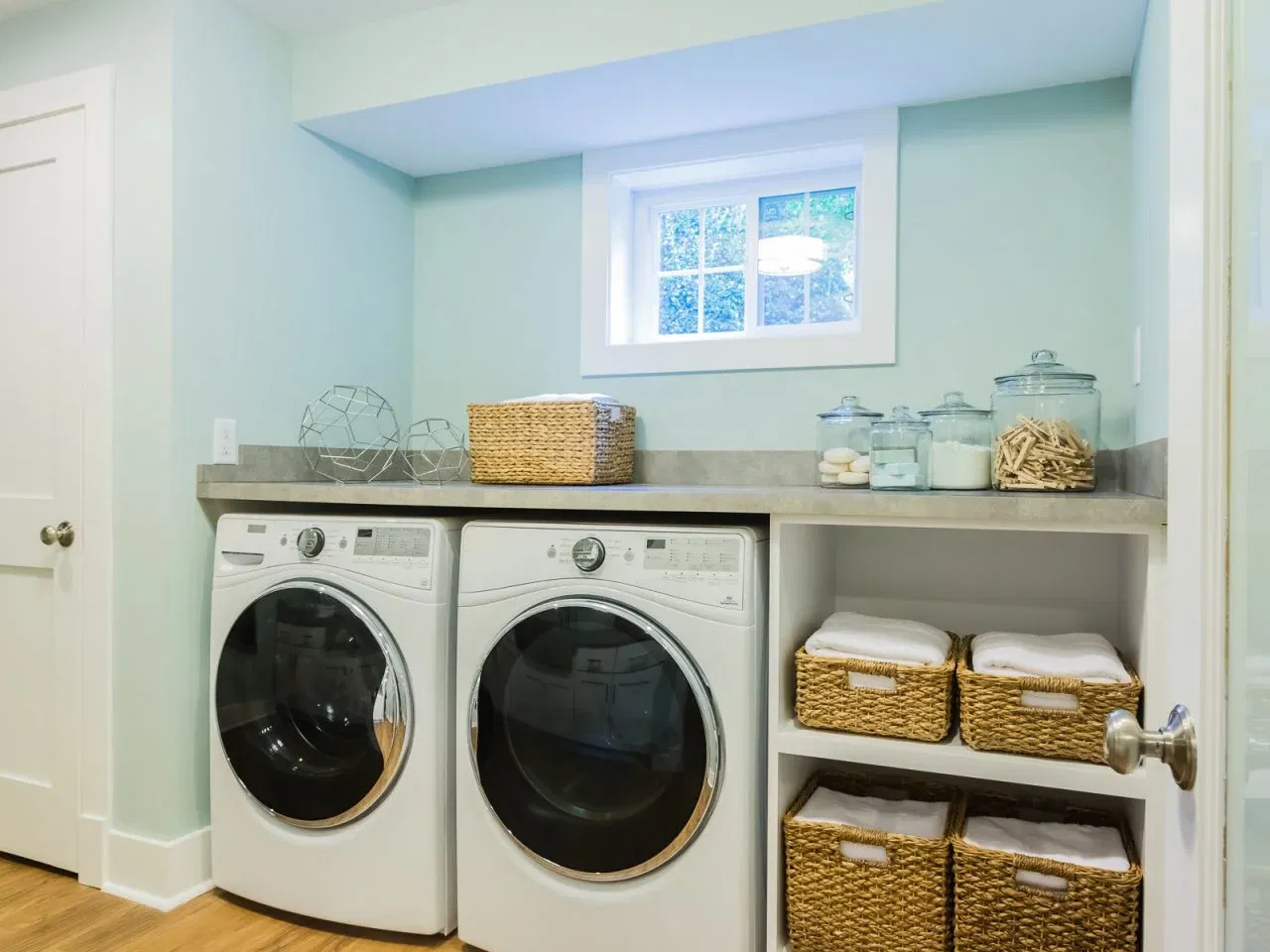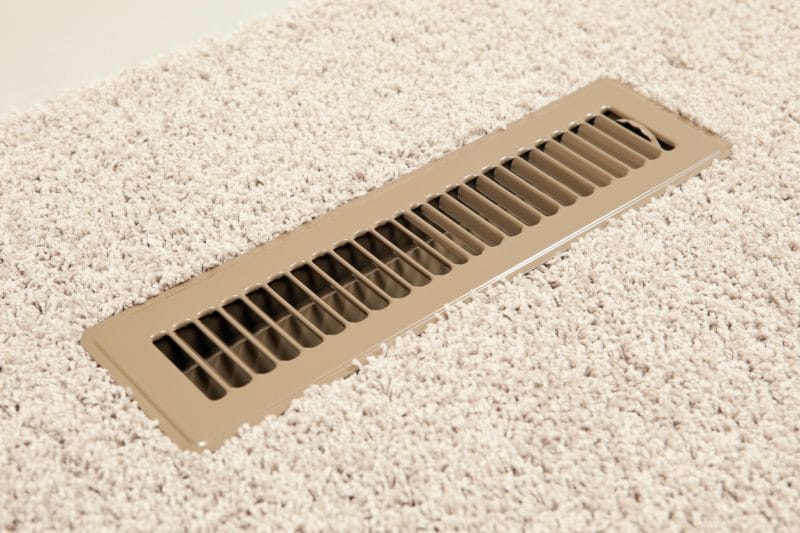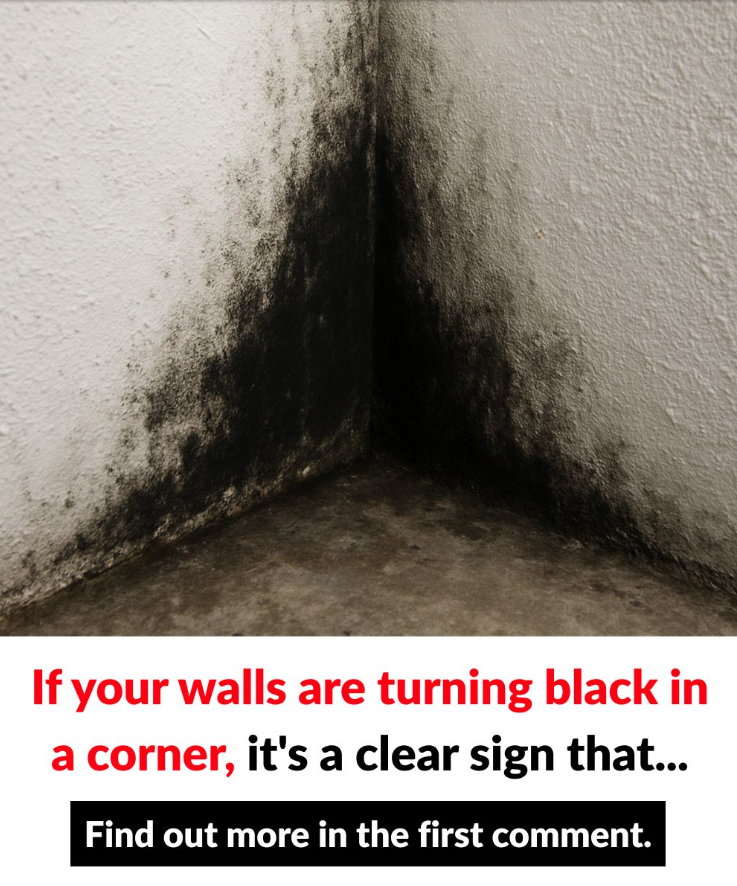
These rooms are usually dark and have limited ventilation, making them perfect for mold growth. Basements can be especially prone to water seepage from the ground, and laundry rooms often have excess humidity from washing machines and dryers. Look for mold on walls, around windows, or near floor drains. Using a dehumidifier in these areas can help reduce moisture levels.
4. Windows and Window Sills
Condensation from temperature changes can cause moisture to build up on windows, especially in winter. Over time, this can lead to mold forming on the window sills or frames. Wipe off condensation regularly and make sure your windows are sealed properly to prevent drafts.
5. Closets and Wardrobes
Closets that are packed tightly with clothes and have poor airflow can become mold hotspots — especially in humid climates. Mold can grow on clothing, shoes, and even the walls inside the closet. Leave a bit of space between items, avoid putting damp clothes away, and consider using moisture-absorbing products like silica gel or charcoal packs.
6. Air Conditioning and Heating Vents

Mold can also grow in HVAC systems if not properly maintained. If mold spores are present in your ducts, they can spread throughout the home every time the system runs. This not only damages the air quality but also makes it harder to get rid of the mold completely. Regular maintenance and cleaning of air filters and ducts are essential.
Conclusion
Mold doesn’t need much to thrive — just a bit of moisture and darkness. That’s why being aware of the common mold-prone areas in your home is key to preventing larger problems down the road. Regular cleaning, proper ventilation, and moisture control are your best defenses. Don’t wait until you see dark spots on your walls — act early, and your home (and your health) will thank you.
